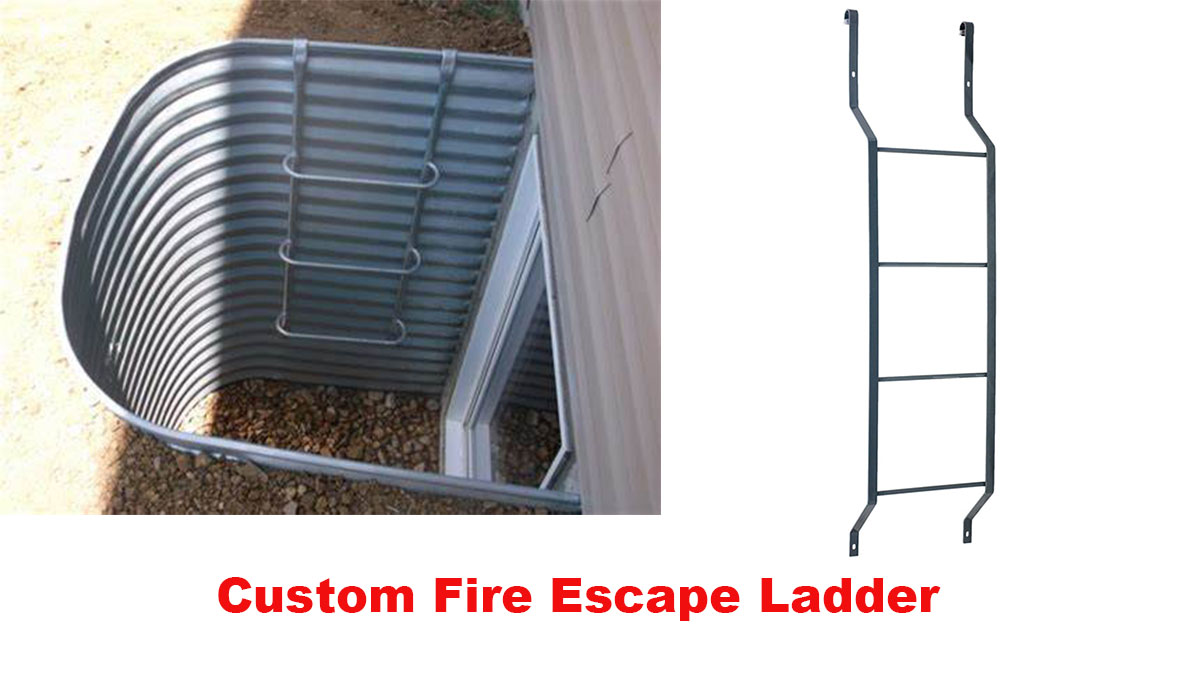Many buyers are still guarded about buying from China – which is understandable, since many of the country’s business practices lag behind those in more developed nations. However, your risks can be minimized by working only with qualified, above-board suppliers and by understanding all aspects of your import arrangement beforehand.
If you can, visiting China is a good starting point for doing business there. If you can’t visit first, there are many online sources to help you find quality products and suppliers and minimize the risk of doing business there.
Understanding the market
Before deciding what to import, get as much information as possible about the demand for that product in your local market. Then learn as much as you can about the manufacturers of that product in China. Be vigilant and ask every detail you need to know.
Finding a trustworthy supplier
This is perhaps the most important step in your import business. Dealing with a serious and dependable supplier allays concerns about quality and can help fend off disputes down the road.
There are a number of websites where you can find suppliers. Narrowing down the choices can be a hard task, but your work will be easier if you use a good partner – like Keen Sourcing.
Once you’re in contact with prospective suppliers, address all your quality concerns with the right questions. Clearly state your requirements – like product warranties, key specifications and order terms. Alternatively, some companies will provide product samples if you ask, so you can test them yourself. If you’re happy with the initial quality, you can order in bulk.
Factory visits and inspections
Visiting a China factory can be an important part of making your buying decision. And it’s easier than you think – many suppliers even arrange transport for you. At Keen Sourcing, for instance, they will take you from the airport right to their factory floors.
There are a few reasons why you’d want a factory visit:
1. To meet management and see if the company is competent
2. To gauge the factory’s level of technical sophistication
3. To check if the factory complies with regulations and labour laws
4. To see who else has placed orders with that factory
5. To determine if the factory’s production capacity is as claimed
6. To see if the factory is subcontracting production to other factories
If visiting in person is too difficult, consider appointing a local agent or third-party quality firm – like Keen Sourcing to inspect the factory on your behalf. Get someone who speaks the language and knows local business conditions well enough to make an accurate judgment. Most agents charge by commission and will also inspect the output before shipment.
The shipping process
Product quality can be found satisfactory during your factory visit, but issues can arise once products are shipped. Some problems include incorrect count, wrong mix of product types, improper handling, inadequate dunnage and container damage. You may be faced with unusable products on arrival and a long delay to replace them.
You have three options:
1.Rely on the factory’s assurances. This carries the highest risk since many factories are highly motivated to get the shipment out. Even honest businessmen may not have time to witness the loading and inspect the goods. You can afford this if your product isn’t high unit cost, high warranty or recall risk, or time sensitive.
2.Observe the loading yourself. May not be practical considering the many shipments, suppliers and enormous amount of time it will take.
3.Best of all, have a good agent – like Keen Sourcing to inspect the goods and observe the container through the whole loading process. In fact, the loading report is often used to obtain the letter of credit (L/C) payment.
Compliance issues
You need to understand the relevant import compliance regulations before even placing your order. Different regulating bodies in your country may be involved, depending on what you import. Go to their websites for compliance details or to download required forms. Compliance issues can be very complicated for some products, so you might also want to contract a good customs house broker.
Even with the help of a broker, you should track the process step by step. You may need to issue a power of attorney to your broker and purchase customs bonds – guarantees that you will abide by all laws and pay any additional fees incurred.
Neglecting compliance can be costly, in the form of unexpected customs duties or clearance delays. But with adequate planning ahead of time, you can make sure the process goes smoothly.
Landing costs
Get a good estimate of the landing cost before you make your order. Landing cost is the sum of: cost of the goods up to loading on the transport, transport costs by forwarder, import duties, local transport costs, and cost of service providers (inspections, agents, etc.).
Note that import fees vary depending on what you import, the country of origin and destination. Experienced exporters should know how much it really costs to ship to you, but do your homework nonetheless.
There may be many hidden costs in getting your product from the China factory to your warehouse. To minimize those, you may want to consult an import management company for help. Or make a small order first to collect all costs involved and predict these costs for your intended order quantity.
Delivery from the port of entry to your final destination is often an overlooked cost. To resolve this, contact the many “last mile” service providers in your home country. They’ll deliver from your local port of entry to your company grounds.
With some good advance planning, you can import products from China profitably – and with very little risk to your bottom line.





